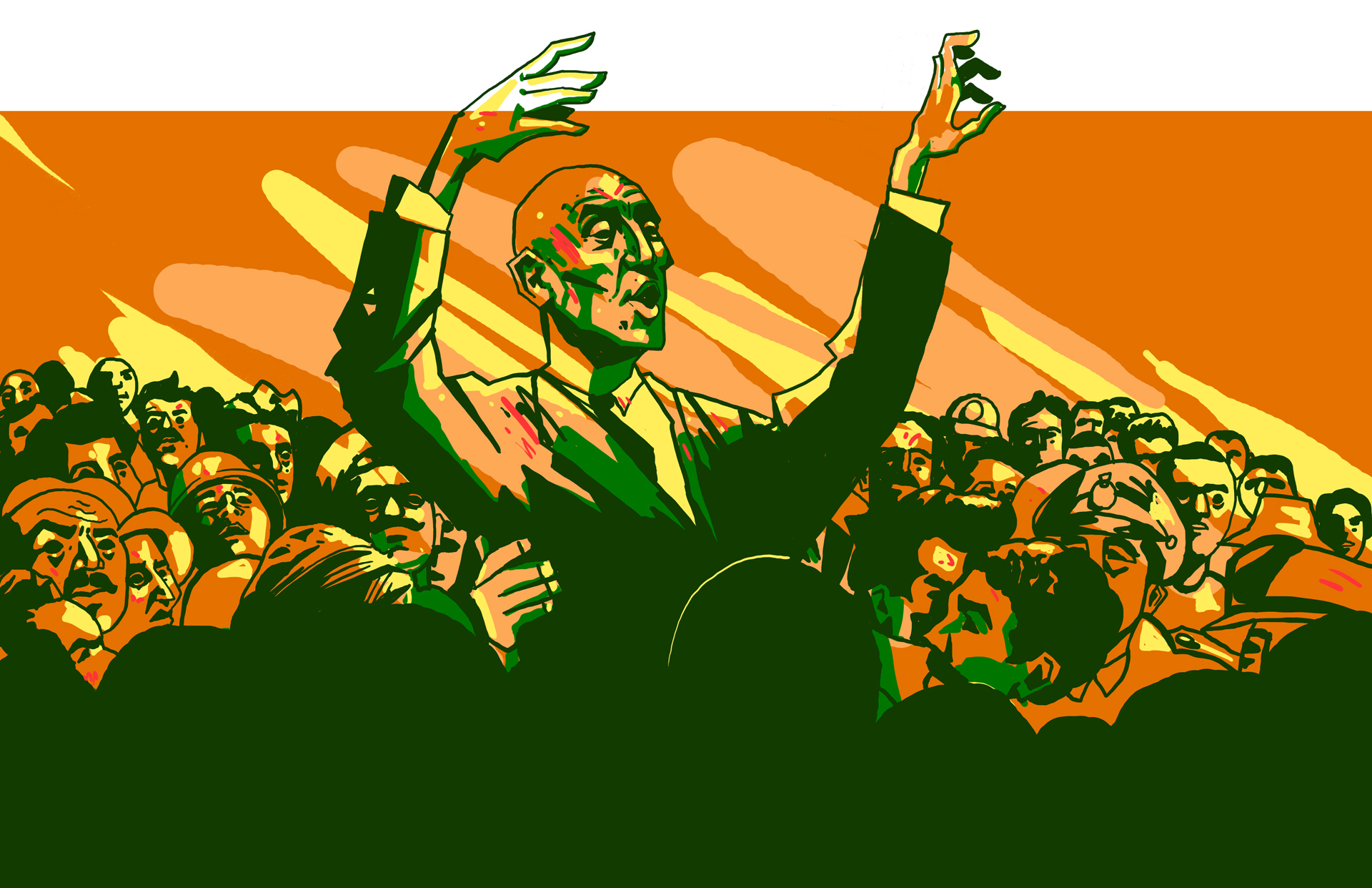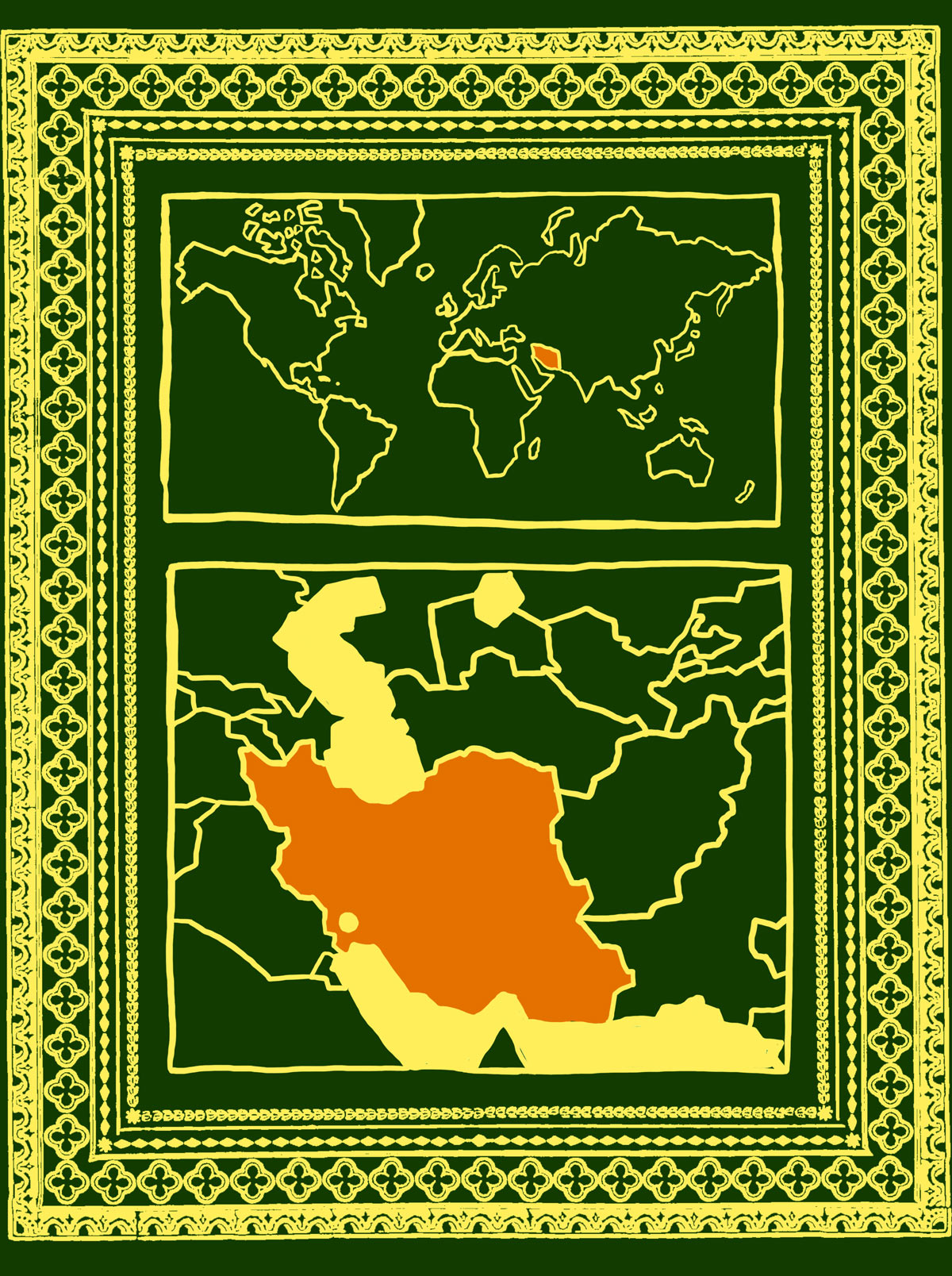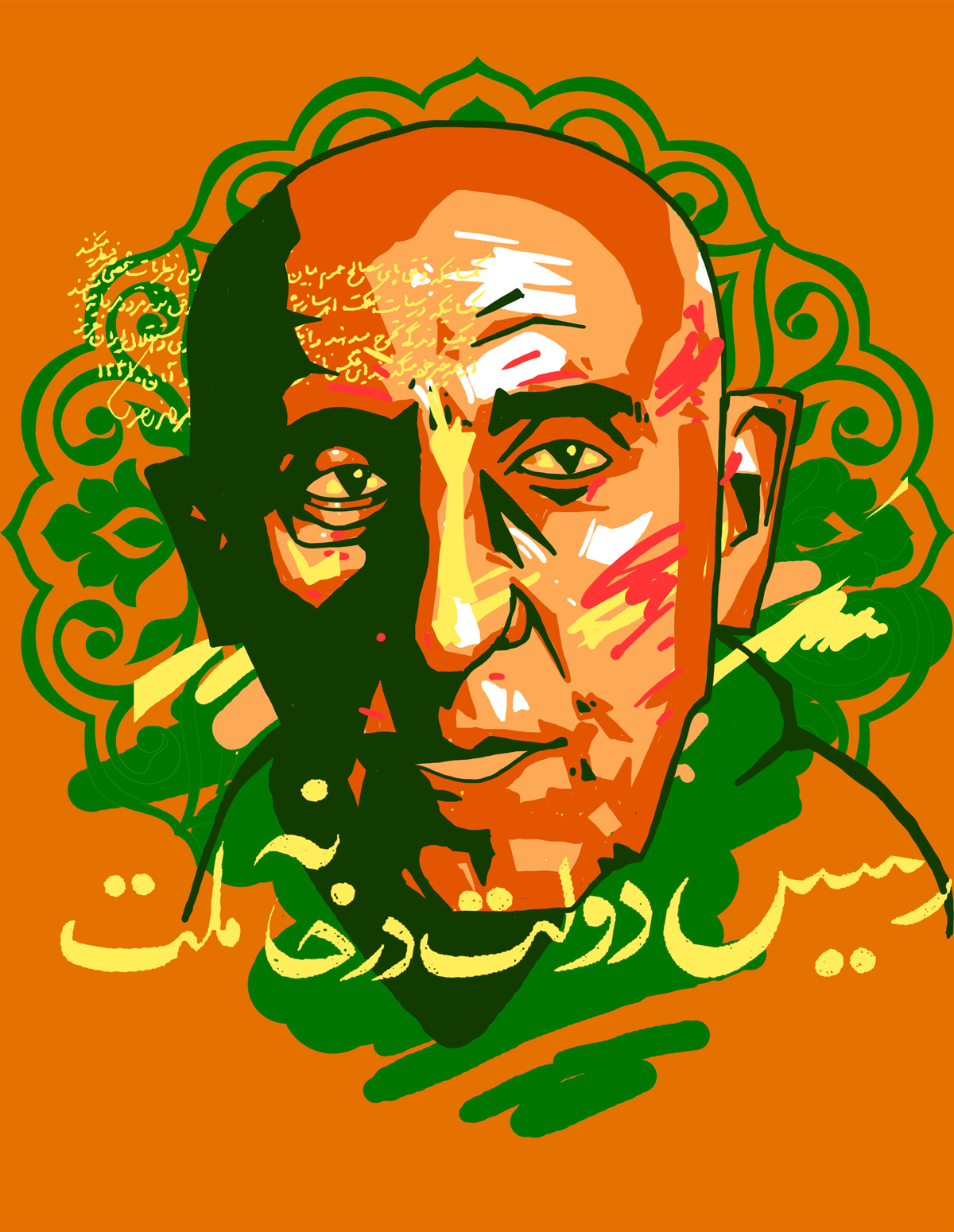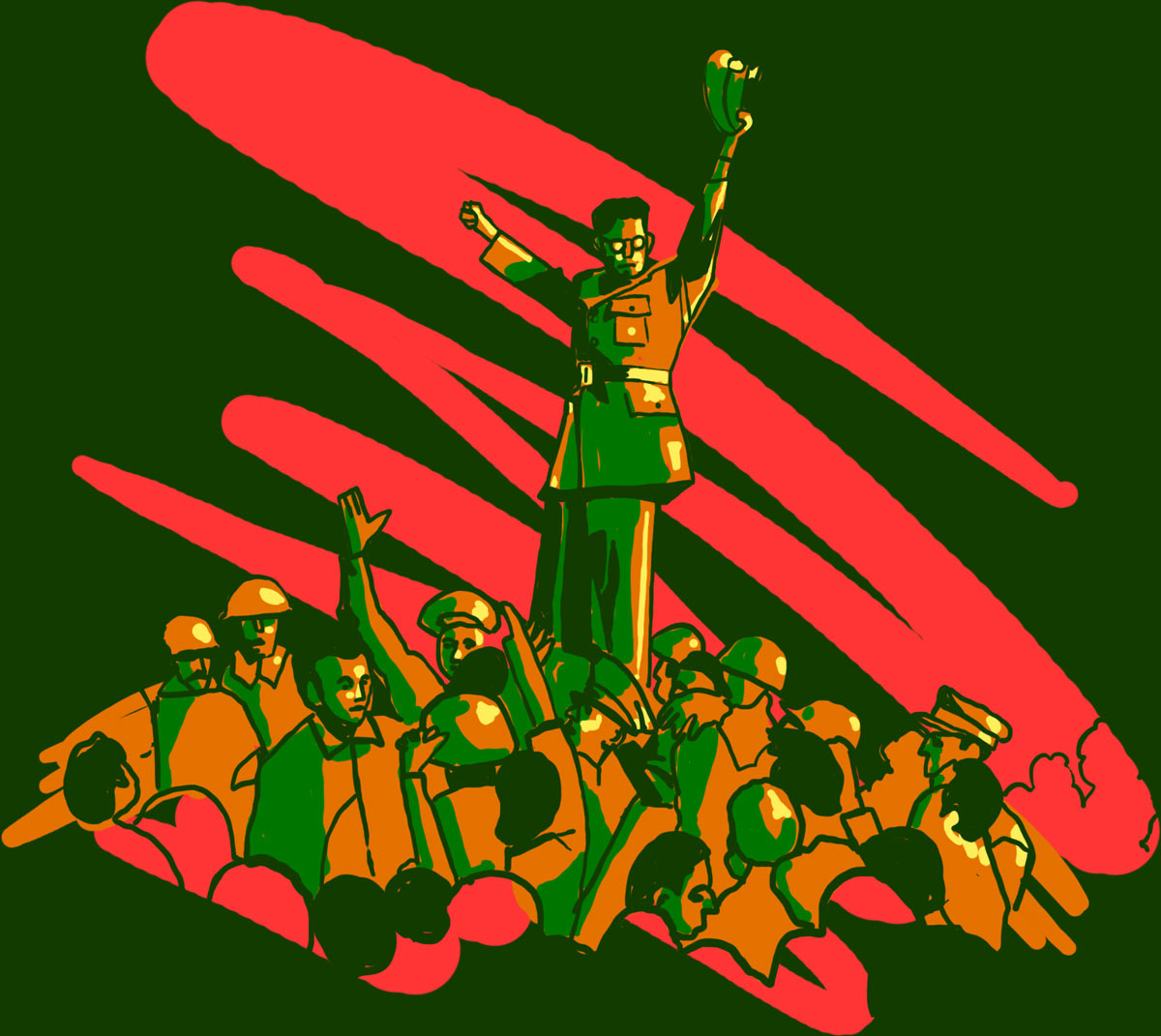ESP – ENG

August 19, 1953: a coup d’État overthrew the democratically elected government led by Mohammad Mosaddegh in Iran.
It was a joint operation by the United States and the United Kingdom, through their intelligence agencies CIA and MI6, with support from the high ranks of the Iranian military and the blessing of the Shah Mohammad Reza Pahlavi. The picture has become steadily clear through declassified documents.
Seventy years on, the coup remains a watershed moment. The destruction of Iran’s first truly nationalist government, one which stood up against foreign powers and reinforced Iranian sovereignty over its natural resources, caused significant repercussions both at home and all around the world.
The Abadan cauldron
In the early 1950s, Iran was a country ripe for major upheavals. It was resource-rich, exploited, and underdeveloped, severely dependent on foreign imperial powers, with political instability aplenty under the rule of the Shah.
At the same time, the country was a major boon for Britain. The Anglo-Iranian Oil Company (AIOC), with a majority stake held by the British state, had held a monopoly over Iranian oil since the early 20th century. By 1950 the AIOC had in Iran the world’s third-largest oil reserves, second-largest crude exporter, as well as the largest refinery: the Abadan complex.

Abadan epitomized the British exploitation of Iran. On one hand, there was a colonial enclave where foreign workers lived in fancy houses, full of gardens and leisure spaces. On the other, the miserably-paid Iranian workers lived in destitute conditions, lacking all basic services. The AIOC also made a point of not transferring any technical knowledge or responsibility to the Iranian workforce.
To top it all off, Iran only received 16 percent of the proceeds, computed after taxes. Iranians had no access to the company’s accounts, so they just had to accept whatever was given to them.
There was growing sentiment in society in favor of nationalizing the oil industry, with protests and strikes in a number of sectors. And the political force that embodied the drive was the National Front, headed by Mohammad Mosaddegh. In March 1951, the Majlis (Iranian parliament) voted to nationalize the AIOC and one month later Mosaddegh was elected prime minister.
Steadfast and incorruptible
A member of a prominent Iranian family, Mosaddegh was a highly educated lawyer who studied in Europe before embarking on a political career. Tall and lanky, charismatic and principled, with little regard for protocol, Mosaddegh cut an unusual figure for British officials to deal with. The (neo)colonial officers had no idea what to do with an incredibly popular leader who could not be bullied or bought.
“Today there is no country in the world that would allow its independence and freedom to be toyed with by colonial powers,” the Iranian leader said in one of his rousing speeches.
Nationalization was as big a shock as an unacceptable proposition for the UK. The same Labour government that nationalized industries at home found it inconceivable that an oil-producing sovereign state in the Global South should have “control” over its most important resource. Oil corporations likewise looked at Iran as a dangerous precedent for their own dealings in other countries.

Mosaddegh proved just as masterful at defending the case for nationalization abroad as he was at home, thwarting British claims before the International Court of Justice and the United Nations Security Council.
After several rounds of bad-faith negotiating, the Foreign Office came to the conclusion that Mosaddegh needed to be removed. British cables showered the Iranian PM with insults, alongside Orientalist assertions to dismiss his government’s sovereigntist stance. One message stated that Iranians “lack the ability to differentiate emotion from facts.”
With Churchill and the Tories back in office, London ramped up economic pressure. The UK government froze Iranian assets, withdrew all personnel from Abadan, and imposed an oil embargo, threatening lawsuits against those who dared buy Iranian crude and even intercepting tankers. Mosaddegh and his cabinet had to scramble to keep the economy afloat, but they stood firm.
In July 1952, the British tried to take advantage of a political dispute to install the veteran and loyal Ahmad Qavam as Prime Minister. In mere days, the National Front and the communist Tudeh Party staged massive demonstrations that were brutally repressed, leaving more than 250 dead. With tensions coming to a boil, the Shah had no option but to get Qavam to resign and ask Mosaddegh to return and form a government.
Operation Ajax: August 15, 1953
Having utterly failed to unseat Mosaddegh, the last remaining hope for the British was for the Americans to step in and take the reins. And that began to take shape in late 1952. While Truman was not so eager to aid Britain’s colonial pretenses, the newly elected Dwight Eisenhower was much more keen to frame everything in crude Cold War terms.
With Eisenhower came the Dulles brothers, John Foster as Secretary of State and Allen as CIA director. The two nefarious figures would have their fingers all over US foreign policy for years to come. And thus, egged on by their British counterparts, US officials re-framed what was clearly a sovereigntist struggle as a “communist danger” and started working on a regime change operation.
Codenamed “Ajax,” the operation got underway in the Spring of 1953 with the notorious kidnapping, torture and murder of Mahmoud Afshartous, a loyal officer who had been appointed chief of police by Mosaddegh. The goal was clear: to sow instability and present the government as weak and incapable of protecting its top officials.
With the bribed media in overdrive, all that was left for the CIA and MI6 was to get the Shah’s blessing. Declassified cables describe the Persian royal as a pliant figure who sought assurances as well as keeping plausible deniability in case the coup failed. The loyalty of the top military brass was safe, and the coup was to be headed by General Fazlollah Zahedi, a ruthless figure who had been interned years before for collaboration with the Nazis.
Another key element was the tacit support from Ayatollah Kashani, who had led the religious faction of the National Front before breaking with Mosaddegh’s secular wing.

The mercenary mob
The coup was set in motion on August 15, when a military detachment was to go to Mosaddegh’s residence, deliver a decree removing him as prime minister and, if necessary, arrest him. However, Mosaddegh’s security detail was tipped off, brought reinforcements and ended up detaining the plotting officers and a number of other suspects. Mosaddegh dismissed the decree, recalling that the Shah had no authority to dismiss him.
The setback caused the Shah to panic and flee the country, while US officials began to have second thoughts. But the CIA and MI6 were in too deep to pull back. They had one major card left to play: the mercenary mob.
On August 19, a crowd of hooligan-types, full of provocateurs, wreaked havoc in Tehran, framing violence as if caused by the Tudeh party, and converged on Mosaddegh’s residence. Soon it was surrounded by tank detachments, and the loyal defenders were overmatched in a few hours. With hundreds killed, the coup was consummated.
Days later, the Shah returned. Zahedi was installed as prime minister, the nationalization of AIOC was reversed, Washington and London were jubilant. They had restored the monarchy and secured their interests both domestically and regionally for a little longer. Mosaddegh was put on trial along with a host of associates, and was sentenced to three years in solitary confinement. After that, he would spend the rest of his days under house arrest.
Aftermath and lasting legacy
Though they did manage to oust Mosaddegh, Iran was a sort of last hurrah for the British. With the 1956 Suez crisis and sweeping anti-colonial movements across the globe, the sun did set on the British empire. Even in Iran, AIOC, now renamed British Petroleum (BP) was forced to share the bounty with the other members of the “Seven Sisters.”
In contrast, Iran was a key moment for the US to consolidate its standing as the major global imperialist superpower. Beyond that, the 1953 coup was also a prototype that would be replicated time and again in the following decades. With media manipulation, targeted assassinations and pliant military leaders as key ingredients, Washington would trigger brutal regime-change operations in Guatemala (1954), Indonesia (1965), Chile (1973) and a host of other nations to stem a growing anti-imperialism tide.
But US hegemony was not unchallenged. It suffered plenty of defeats such as Cuba and Vietnam. And a quite significant one in Iran.
The coup ushered two and a half decades of unchallenged, lavish and corrupt rule by the Shah. Western corporations enjoyed unfettered access to resources. The flip side was brutal repression of the working class, mass killings, and particularly targeting the Tudeh. The infamous Savak secret police got plenty of assistance from the CIA and Mossad.
All this dispossession and humiliation exploded in the February 1979 Revolution that established the present-day Islamic Republic which is one of the main forces opposing US imperialism in the region.
As for Mosaddegh, he died of health complications in 1967 and was buried quietly in his home. But he stands tall in history, not only as an Iranian national hero, but also as a beacon of revolutionary conviction against colonial and imperial designs. Mosaddegh and the National Front show how a spark can become a national flame to rise up and reclaim dignity, no matter how powerful the enemy. Seventy years after the coup, this is the legacy that stands out to inspire present anti-imperialist struggles, in Iran and all around the world.

References:
Coup 53 (documentary), Taghi Amirani (2019)
All the Shah’s Men, Stephen Kinzer, John Wiley & Sons (2003)
The 1953 Coup in Iran, Ervand Abrahamian, Science & Society vol. 65 (2001)
Research and text: Ricardo Vaz. Illustration and design: Kael Abello.